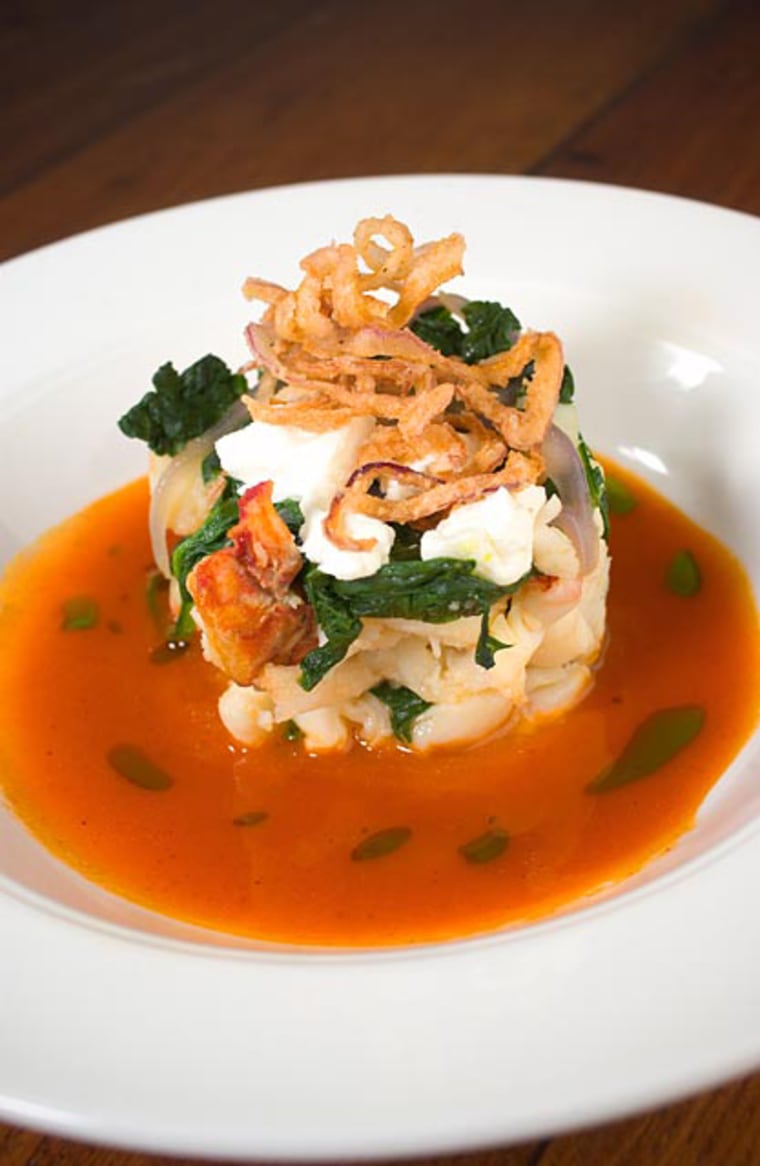"My parents went to Provence, but all I got was this lousy bottle of Châteauneuf-du-Pape."
Haven't seen that on a T-shirt? Just wait. According to the Travel Industry Association (TIA), one-fifth of U.S. leisure travelers now choose their destination based on its food and drink. Some 27 million U.S. travelers within the past three years engaged in culinary and wine-related activities—beyond daily eating out—while on vacation.
Such travelers spend up to 50 percent of their budget on food-specific activities—$593 on average per vacation, according to the same TIA survey. Erik Wolf, president and CEO of the International Culinary Tourism Association (ICTA), notes that food and wine-savvy travelers seek activities that include eating out; visiting wineries, vineyards and breweries; shopping at food and wine specialty stores; attending cooking classes and demos; and visiting culinary-themed museums or the homes of chefs.
France and Italy still reign supreme as culinary destinations. But surprising places like Morocco and Thailand are joining the ranks, along with domestic locales like Colorado.
Visitors to these places are looking to go to restaurants beyond the beaten path.
"Today's travelers are looking for an experience that's not anonymous. They want an introduction to a country's culture, and to interact with locals on a personal level. The best way to do this is with food and wine. Culinary tourism becomes an easy and authentic way to have an entrée into that culture," explains Karen Herbst, founder of the International Kitchen, a "cooking school vacation" outfitter.
Hard-to-find cheeses and authentic balsamic vinegars fermented in attic oak barrels are the new souvenirs for an increasingly food-savvy breed of travelers.
"You're going to see more and more destinations getting on board with culinary travel, and understanding that it's about unique and memorable experiences, not just restaurants," predicts Wolf. "Visitors don't need help finding burgers or coffee." They want to gain intimacy with mom-and-pop artisanal producers.
In the Priorat wine-producing region of Spain, local chef Alicia Juanpere Artigas provides just such an intimate experience. She's converted the home her great-grandfather built in the agricultural town of El Masroig into an elegant four-bedroom B&B, named Catacurian.
During a three- or six-night stay, chef Alicia conducts daily cooking demonstrations, sharing her family's Catalonian cooking secrets. She takes guests to local wineries such as Costers del Siurana and La Conreria de Scala Dei for tastings, and she also introduces them to the region's aromatic and fruity olive oils.
Culinary travelers see themselves more as explorers than vacationers. Increasingly, they want to participate in the picking, buying and preparing of the food and drink they've traveled to taste. "Everyone wants to go to markets, they want to see olive oil being pressed and they want to partake in [wine making]," notes Herbst.
And they expect to go home with experiences and recipes that will stay with them for years. Hiring local chefs to teach you their regional culinary secrets is one way to accomplish this.
From just over $8,000 a week you can rent a luxurious eight-guest villa, Elizabetta, in Lucca, Italy. Italian chef and master of wines Raoul Ferrari, of the nearby Coselli Cooking School of Tuscan Cuisine, will come over to your villa for dinner. He'll give you a three-hour hands-on demonstration on how to prepare such local delights as pappardelle all'uovo con sugo di cinghiale (fresh egg pasta with wild boar sauce) and agnello alla menta e aceto balsamico (lamb with mint and balsamic vinegar). Then dine al fresco on the veranda, enjoying the gastronomic wonders you've created, viewing the lush hills and vibrant Cyprus trees native to Tuscany.
Wolf compares today's culinary travel with where ecotourism was 20 years ago.
"Culinary travel is starting to achieve the same level of importance," he says. It's becoming part of national tourism marketing plans. And its appeal, he thinks, is universal: "Not everyone shops, plays golf or goes to museums. But food and drink are products everyone seeks out three times a day."
